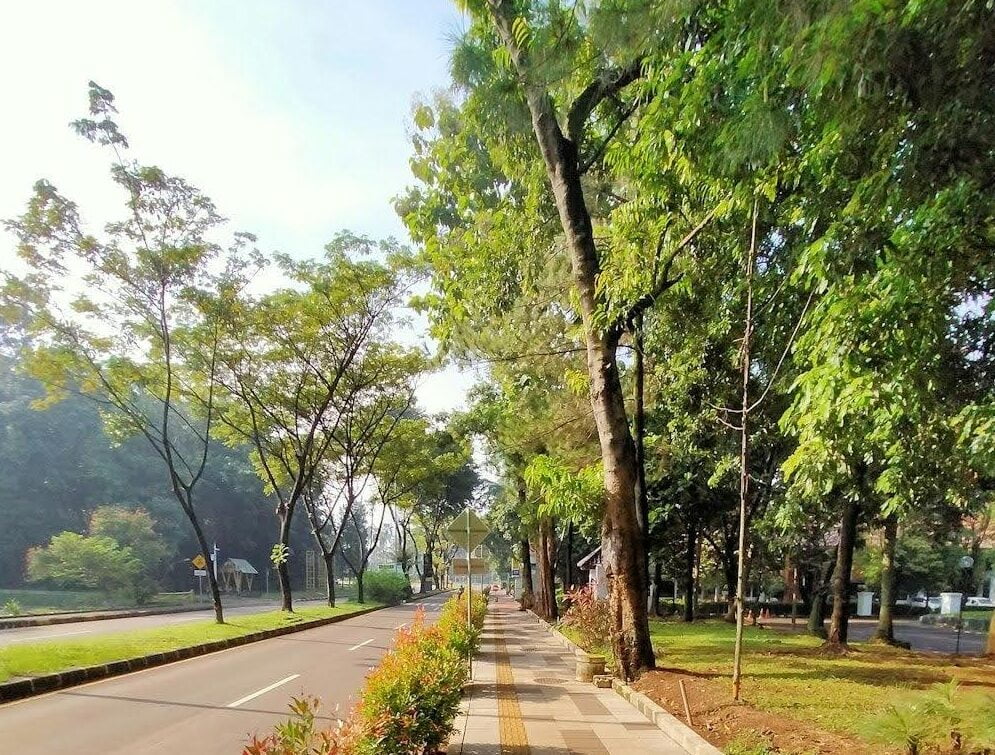Sidewalks form a very important part of a community, providing safe passage for pedestrians. Like any other infrastructure, Portland sidewalks are vulnerable to impairment from elements such as weather, tree roots, and age. Some of the usual problems ailing them are cracks, holes, uneven surfaces, sunken sections, and more.
Though some of these problems require full replacement, most issues with sidewalks have quick and inexpensive fixes. This article addresses some sidewalk-repair problems that are common in Portland and suggests ways to fix them to keep the place walkable safely.
Cracks and Small Holes
Among the most prevalent sidewalk issues are cracks and small holes. Over time, the repetitive stress of foot traffic and temperature fluctuations cause the cement to develop narrow cracks or break apart into small divots. However, cracks smaller than 1/4 inch wide and holes less than 3 inches across usually do not pose serious trip hazards and often can be sealed rather than replaced. For minor cracks and holes, the best solution is to fill them with a cementitious patching compound, which is available at most hardware stores.
Choosing a patch specifically labeled for exterior sidewalk use, thoroughly clean out any loose debris in the area to be repaired. Follow mixing instructions to prepare the patching compound and use a trowel to force it deep into the crack or hole. Smooth and shape the surface level with the surrounding cement with the trowel.
For very small holes of less than 1/2 inch, an epoxy sidewalk crack filler works well too. Allow adequate curing time before applying a sealer or waterproofing product if desired. Patching preserves more of the existing sidewalk and is generally cheaper than large-scale replacement for isolated cracks and holes. When dealing with sidewalk repair Portland, consider using epoxy crack filler for efficient and cost-effective patching solutions.
Uneven Surfaces
Gradual sinking or uneven sections cause surface inconsistencies that may become safety hazards. For differences less than 1/2 inch, the simplest fix is often self-leveling concrete mixed and poured according to package instructions. Sweep or blow away debris before applying with a float trowel or squeegee. Self-leveling concrete flows to perfectly level areas up to 1.5 inches deep in a single application.
More substantial sunken areas deeper than 1/2 inch are best repaired by removing and replacing the damaged part of the slab. Use a concrete saw to cut neat edges around the sunken section before lifting it out. Fill the space with compactible gravel and pour new concrete, screeding it level with the existing sidewalk surface. As the concrete cures, occasionally spray it with a water mist to support proper hydration.
Sunken Sections
When tree roots, soil settling, or water saturation causes a concrete slab to drop notably lower than surrounding segments, it poses a severe trip risk requiring more extensive repair. Some potential solutions include:
- Fill sizable depressions using gravel and concrete patching compound applied in layers. Smooth and screed each application before adding the next until level with adjacent areas.
- For larger sunken areas over 1 foot wide, cut back surrounding soil first if needed to access the void below. Remove damaged concrete rubble, then replace it with compacted gravel and fresh concrete for a sturdy bond.
- Contact a sidewalk contractor if more than 25% of a slab is compromised. They can professionally remove and replace the faulty section according to code standards.
Taking action on lowered areas prevents further deterioration and protects public safety on walkways throughout your neighborhood. Major corrections may demand expert help, though.
Crumbled Edges
The wear of foot traffic often results in splitting, flaking, or disintegrating concrete edges over time. Left unaddressed, it escalates other sidewalk issues like cracks propagating further inwards. Some quick remedies include:
- Use a hammer to chisel away any jagged fragments projecting more than 1/4 inch from the original plane of the slab. Round off sharp points.
- Clean the perimeter surface thoroughly, then coat it with a concrete sealant designed to strengthen and waterproof it. Products like Drylok or masonry sealants keep moisture at bay.
- For more severe cases requiring rebuilding, cut back the edge straight using an angle grinder. Fill the void flush with patching compound, screeding it neatly onto the rebar reinforcement.
- Contact a sidewalk contractor if weak spots span more than a couple of feet longitudinally. They can salvage further compromised segments as needed for long-term solutions.
Regularly patching crumbling edges is simple, preventing sidewalks from deteriorating internally over the long haul.
Surface Stains and Discoloration
While structural issues, surface stains, or discoloration on sidewalks can detract from curb appeal, most weather-related marks like rainwater spots will fade gradually over time with exposure. However, some persistent stains may warrant chemical treatment. For rust-colored iron deposits, a poultice using iron-removing products can draw out staining. Ground-in dirt or mildew bloom responds well to a poultice made of bleach powder or a mildew-removing gel.
Test any cleaner in an inconspicuous area first. Apply generously with a brush or garden sprayer, cover with plastic sheeting, and let it dwell overnight before rinsing thoroughly. As a last resort, heavily discolored areas may be restored to a uniform appearance through light grinding or sandblasting followed by a concrete sealer or stain.
Final Thoughts
Many common sidewalk problems around Portland have simple, cost-effective solutions versus replacing entire slabs. Tools are inexpensive, and patching materials are widely available. Addressing cracks, holes, sinking, trip hazards, and other sidewalk maintenance issues helps preserve safe walking infrastructure for years of community use.
With some do-it-yourself techniques or hiring a local sidewalk contractor, both the function and curb appeal of paved paths can stay in good shape with a little seasonal TLC. Safe sidewalks encourage walking as a healthy choice of transportation throughout Portland neighborhoods.
